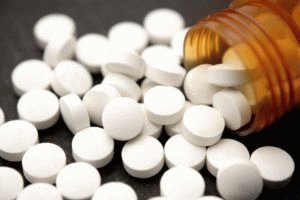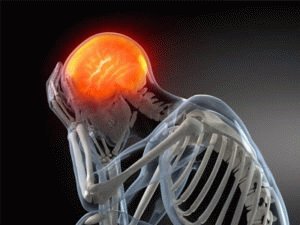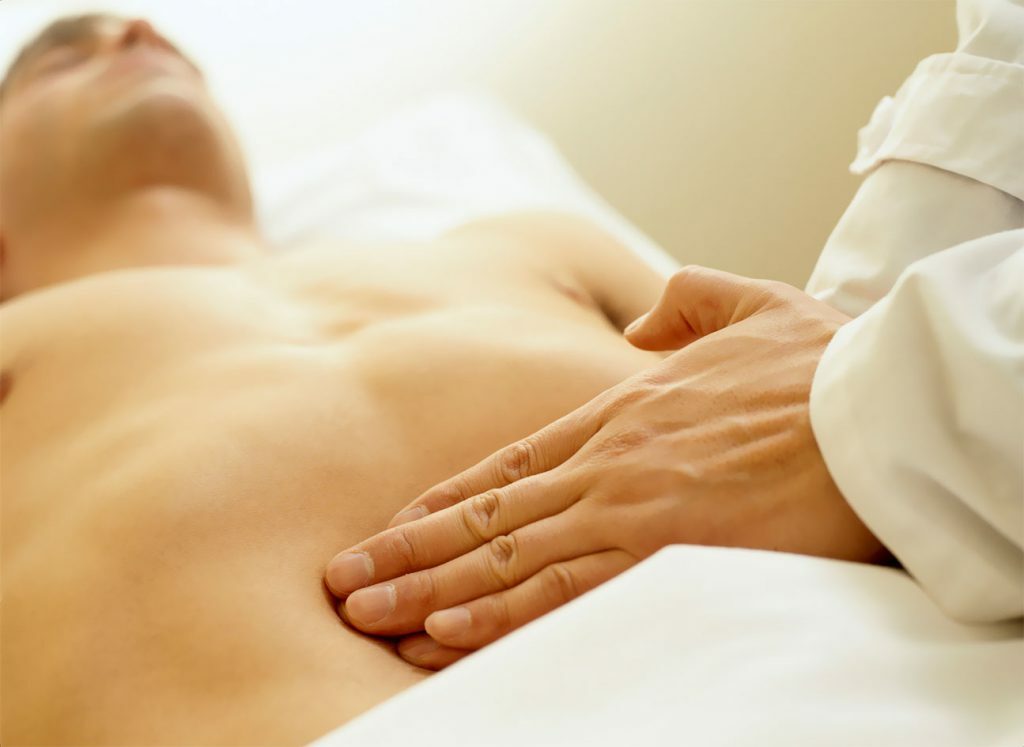Tardive dyskinesia: what is it, causes, symptoms and treatment
Tardive dyskinesia is manifested in the contraction of the muscles of the arms, legs, face, independent of the person's desire. Hyperkinesis must meet two criteria:
- It appears due to the prolonged use of antipsychotic drugs.
- Does not disappear after discontinuation of the drug for a long time.
Seek medical attention immediately if symptoms occur. Ignoring the manifestation of the disease leads to irreversible pathologies and the possibility of death.
Content
- 1 Causes of occurrence
- 2 Symptoms of the disease
- 3 Forms of the disease
- 4 Complications of tardive dyskinesia
- 5 Treatment
Causes of occurrence
Therapy for mental illness includes the use of neuroleptic drugs that act on the brain, block the dopamine receptor. Long-term use of drugs leads to a gradual accumulation of active substances of antipsychotics in the body and their negative effect on the cells of the brain and nervous system.
Also, the symptoms of tardive dyskinesia appear from antidepressants, in the case of a personal reaction to the drug or when the required dose of the drug is exceeded. The risk factor is the patient's age over fifty years. In such a situation, even small doses of drugs can lead to the development of the disease. Distinguish between typical and atypical antipsychotics.

Symptoms of the disease
Tardive dyskinesia is diagnosed when symptoms such as:
- Chaotic trembling movement of the limbs of the body, which is caused by a violation of the transmission of signals from the muscles to the central nervous system.
- An involuntary impulse from the nervous system, causing monotonous, short-term muscle contractions.
- Uncontrolled smacking movements with the mouth, protruding and licking the tongue, that is, orofacial dyskinesia.
- An unintelligible repetition of movements and words that does not carry any target load.
- The impossibility of being in one position for a long time, restlessness, a feeling of anxiety - akathisia. Sensory and motor manifestations are distinguished. The former are characterized by internal anxiety, irritability, and a feeling of general discomfort. For the second, repetitive movements are typical: a change in posture, fidgeting, stepping over occurs consciously, but is not subject to control.
- Dystonia is a periodic muscle contraction that does not have a clear temporal regularity. It manifests itself as a leisurely movement of the limbs. It causes a decrease in the tone of the body and makes it take unnatural postures.
If symptoms of the disease are caused by taking antidepressants, there are:
- Tachycardia and dizziness;
- Lethargy, desire to sleep;
- Muscle spasms;
- Increased activity, lack of perseverance;
- Change in gait;
- Change in hormonal levels.
Symptoms of the disease can manifest themselves as single symptoms and a complex of clinical manifestations of the disease.
Forms of the disease
There are three types of tardive dyskinesia:
- Reversible - when you stop taking the neuroleptic, hyperkinesis decreases or completely disappears.
- Persistent. The criterion by which this form of dyskinesia is diagnosed is that after 90 days after drug withdrawal, the symptoms of the disease have not changed.
- Irreversible.
The severity of symptoms depends on a number of factors:
- The gender of the patient (women are more susceptible to the disease than men);
- Age category: the main percentage of cases (60%) - elderly people, young people 11%;
- Duration of treatment with neuroleptic drugs. Symptoms can appear both after prolonged use of the medication, and immediately after the start of therapy;
- The presence of other mental and neurological pathologies.

Complications of tardive dyskinesia
If you ignore the symptoms of the disease or untimely therapy, complications begin to appear, divided into three main groups.
Physical. Due to orofacial dyskinesia, diseases of the oral cavity appear: fungal lesions, ulcers, stomatitis. This leads to discomfort when eating food, the mechanism of chewing and swallowing food is disrupted, which is accompanied by a rapid loss of body weight. Periodically tardive dyskinesia is accompanied by a feeling of nausea, vomiting. Difficulty breathing: it becomes frequent, shallow, periodically there is a delay in inhalation and exhalation, which leads to shortness of breath, snorting. Due to dystonia, the tone of the abdominal muscles is lost, they become flabby and sag. Also, the general muscle tone decreases, such a change leads to a transformation of the gait, and in the severe stage of the disease, to frequent falls and mechanical injury.
Mental. Against the background of the development of the disease, the occurrence of depressive conditions is possible, the risk of suicide increases. The patient is subject to frequent mood swings from feelings of joy and euphoria to radically opposite feelings. The patient does not have a stable mood, he himself finds it difficult to determine his condition, which is why aggression or absent-mindedness appears. In the case of mental complications, continuous specialized supervision of the patient is required to prevent the risk of self-harm.

Social complications are associated with impaired speech function: illegibility, swallowing words prevent a person from communicating normally. Breathing and physical problems also interfere with socialization.
Treatment
Therapy for tardive dyskinesia has a long duration and requires the joint efforts of the doctor and the patient. Immediately upon the appearance of the first signs of the disease, contact a specialist. The doctor must determine the cause that led to the onset of the disease, prescribe a series of examinations and tests. Based on the data obtained, a personal therapy plan is drawn up:
- Determination of the drug that provoked the onset of dyskinesia.
- Discontinue the prescribed antipsychotic. If it is impossible to cancel the drug, its doses are reduced to the maximum possible minimum.
- Replacing the drug with another that has a similar effect, but does not affect the brain and nervous system at the cellular level.
- Carrying out studies of the patient's biomaterials, drawing up anamnesis based on the information received.
- Formation of a personal course of therapeutic measures.
There is no exact confirmed data on the nature of tardive dyskinesia, so treatment is not always beneficial. Attention should be paid to the prevention of the onset of the disease.

At the initial stage of the disease, drug therapy is possible, in which drugs belonging to the group of antipsychotics are used. The use of these substances is justified if:
- Constant feeling of anxiety;
- Personality disorders;
- Change in behavior;
- The appearance of mental retardation;
- The appearance of physiological disorders.
For patients at risk, short-term therapy with potent drugs is prescribed. This is due to the fact that after reaching the age of fifty, the body's reaction to drugs is not typical. After a thorough study of the survey data, a medicine is prescribed that causes minimal harm to a person.
Due to the long-term nature of the treatment, the examination must be carried out both before its start and every six months during the course of therapy. With an individual reaction to medications and the risk of relapse, the number of examinations increases. All data related to the course of the disease, information about the patient's condition, assessment of the success of therapy are entered into a special medical record of the patient.
Prevention of dyskinesia includes constant monitoring of the health of a person taking an antipsychotic drug that affects mental disorders. There is a need to visit a neurologist at least 2 times a year to monitor the neurological condition. Treatment for tardive dyskinesia lasts at least 24 months.



